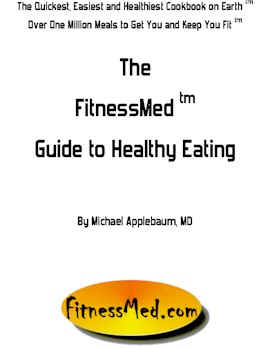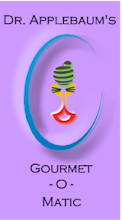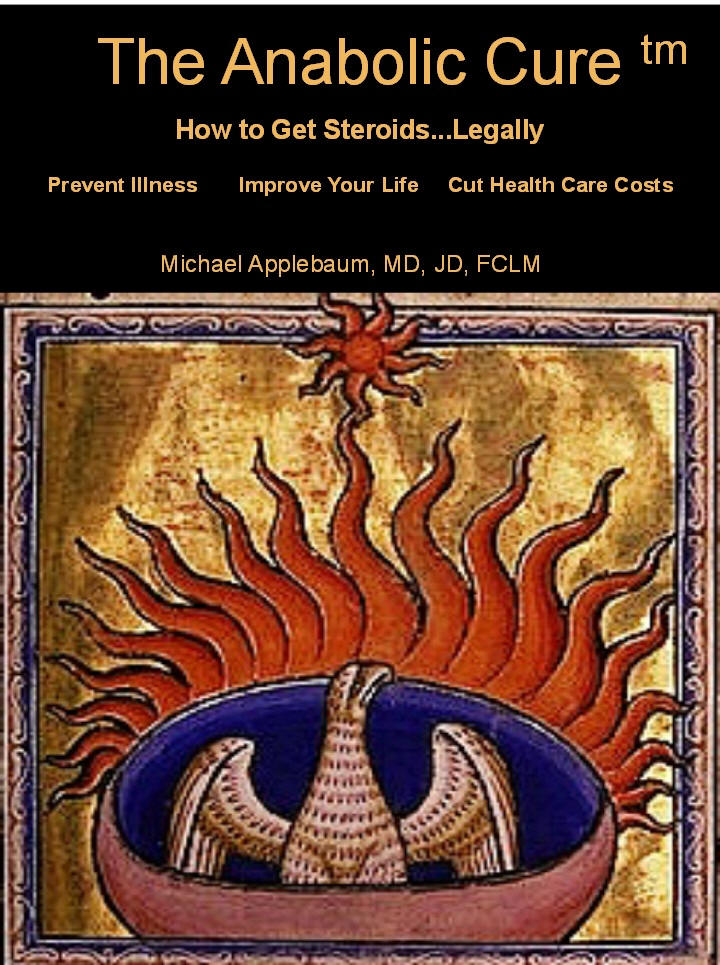Healthful pigmented bioactive compounds, including carotenoids, anthocyanidins, and flavonoids, give the edible portion of fruits and vegetables their specific colors. Which fruit and vegetable color groups are most highly associated with lower stroke incidence was previously undetermined, although US federal dietary guidelines include use of color to assign nutritional value.They did.
Earlier studies on the preventive health benefits of fruits and vegetables addressed each food's unique nutritional value and characteristics, including antioxidant value. Apples and pears are high in dietary fiber and a flavonoid called quercetin. The objective of this study by Oude Griep and colleagues was to determine if different fruit and vegetable color groups vary in protective effects against the risk for stroke during 10-year follow-up.
Study Synopsis and Perspective
A new study shows an association between a high intake of fruits and vegetables with white flesh, in this research mainly apples and pears, and a reduced risk for stroke on the order of 50%.
In this large, population-based study, each 25 g/day increase in consumption of white fruits and vegetables was associated with a 9% decrease in stroke risk.
Still think they have any idea what they are talking about?








No comments:
Post a Comment